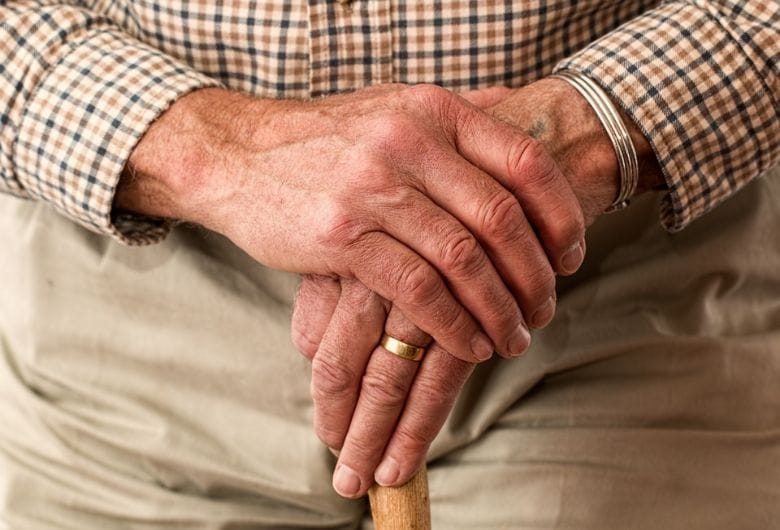This is how you can recognise the first symptoms of Parkinson’s disease
Parkinson’s disease is a very complex disease that can have a lot of different symptoms. Two different types of symptoms can often be distinguished: symptoms related to the motor system and non-motor symptoms like depression. The symptoms can also differ strongly from person to person, so not everyone with Parkinson’s disease experiences the same ones.
This is how you can recognise Parkinson’s disease.
Parkinson’s disease
Parkinson’s disease is a disease of the nervous system that causes small groups of cells in the brain to become damaged and then die. The disease causes the cells to be unable to produce dopamine. Our body needs dopamine to be able to move smoothly and keep body movements under control. People who suffer from this disease often experience symptoms like shaking, having trouble speaking and stiff arms and legs. Nobody is immune to Parkinson’s. People who have passed 50 years of age have a higher chance of getting it and around one in 500 people are affected by it. The disease is a long-term degenerative disorder, meaning it slowly gets worse. Unfortunately, there is no cure as of yet.
Go to the next page to read about the symptoms of this disease.
Page 1 of 2
